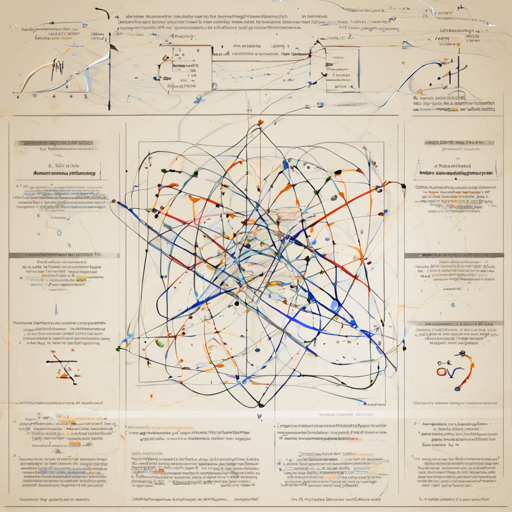Welcome to the world of Symbolic Regression with PySR, a powerful tool that helps you discover interpretable equations for your datasets. Whether you’re an experienced data scientist or a curious beginner, this guide will walk you through the process of using PySR effectively in your projects.
Why Choose PySR?
PySR is an open-source framework designed for symbolic regression, a machine learning technique focused on finding symbolic expressions that optimize specific objectives. Think of PySR as a skilled artist who takes raw datasets and sculpt them into elegant mathematical models. This tool has been finely tuned for high performance, configurability, and ease of use, making it accessible for a wide range of applications.
Installation
Getting started with PySR is easy! You can install it through different methods, depending on your preference:
Pip Installation
You can easily install PySR using pip:
pip install pysrJulia dependencies will be installed at the first import.
Conda Installation
Alternatively, you can use conda:
conda install -c conda-forge pysrUsing Docker
If you prefer using Docker, follow these steps:
- Clone the repository.
- Navigate to the repo’s directory and build the container:
docker build -t pysr .docker run -it --rm pysr ipythonQuickstart Guide
Let’s get right into it! Below is a quick demonstration:
import numpy as np
from pysr import PySRRegressor
# Create test data
X = 2 * np.random.randn(100, 5)
y = 2.5382 * np.cos(X[:, 3]) + X[:, 0] ** 2 - 0.5
# Initialize and fit the PySR model
model = PySRRegressor(niterations=40)
model.fit(X, y)As simple as pie! Behind the scenes, the PySR model engages in an intricate dance of multithreaded search to find the best-fitting equations for your data.
Troubleshooting
While the experience is typically smooth, you may encounter some bumps along the way. A common issue is a hard crash at import with a message like GLIBCXX_… not found. This is often due to compatibility issues with shared libraries. To resolve this, adjust your LD_LIBRARY_PATH variable to reference the correct Julia libraries.
Here’s how to do it:
export LD_LIBRARY_PATH=$HOME/.julia/julia-1.10.0+0.x64.linux-gnu/lib:$LD_LIBRARY_PATHRemember to adjust the path based on your system settings. For more insights, updates, or to collaborate on AI development projects, stay connected with fxis.ai.
Your Next Steps
Explore exciting features like denoising and feature selection. You can check out examples and best practices on the examples page or the options page for detailed options.
A Detailed Example
Below is a more advanced example utilizing several features:
model = PySRRegressor(
procs=4,
populations=8,
population_size=50,
niterations=10000000,
early_stop_condition=(stop_if(loss, complexity) = loss < 1e-6 && complexity < 10),
timeout_in_seconds=60 * 60 * 24,
binary_operators=[*, +],
unary_operators=[square, cube, exp],
# additional parameter definitions here
)Wrapping Up
With the information provided, you should have a great starting point to dive deeper into the world of symbolic regression using PySR. Just remember, like a sculptor with a chisel, the key to mastery lies in practice, experimentation, and continuously refining your approach.
At fxis.ai, we believe that such advancements are crucial for the future of AI, as they enable more comprehensive and effective solutions. Our team is continually exploring new methodologies to push the envelope in artificial intelligence, ensuring that our clients benefit from the latest technological innovations.

